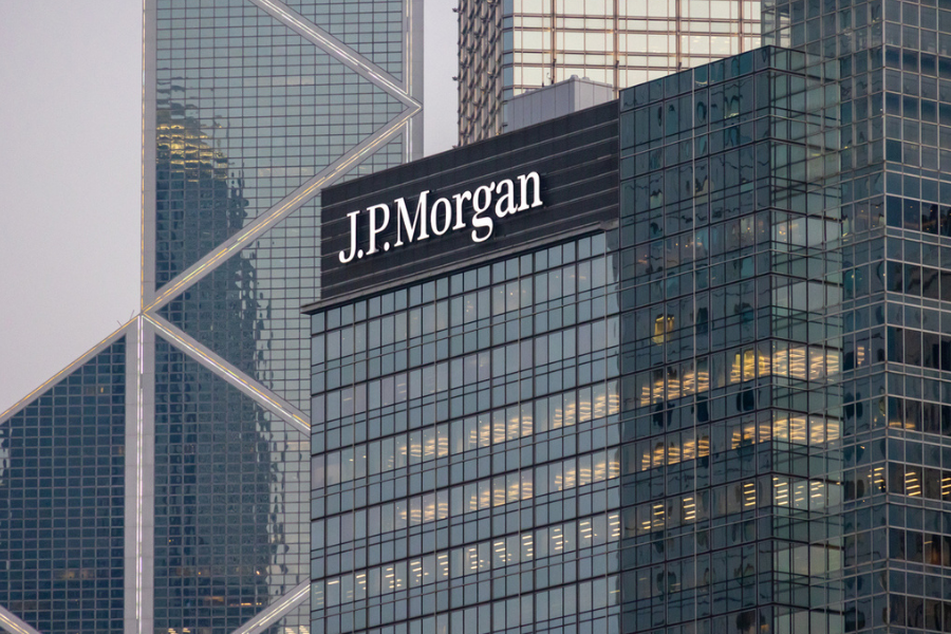JPMorgan anticipates $30B of private credit will change hands this year

Nascent secondary market is expected to see record pace of activity as investors seek liquidity.
Investors seeking liquidity are set to exit their stakes in private credit funds at a record pace this year, according to JPMorgan Asset Management.
More than $30 billion of private credit is expected to change hands in the nascent secondary market this year — an increase from as little as $3 billion in 2019, Andrew Carter, who oversees JPMorgan’s credit secondaries strategy, said in an interview.
Insurance and pension firms, which have been rushing into the $1.6 trillion private credit market, are looking to offload some of their positions in illiquid funds to raise cash. Such transactions have fueled a boom in the little-followed secondary market, where giants ranging from Apollo Global Management Inc. to JPMorgan are swooping in to pick up those stakes.
“Today, deal flow is again being driven by liquidity needs given the slowdown in cash flows created by debt repayments, which has resulted from decreased M&A and capital markets activity,” Carter said. Deal sizes have grown to an average of about $200 million from $25 million, he added.
Private credit investments are typically bought to hold, but some large lenders including Apollo, Ares Management and Tikehau Capital have raised billions to spend on secondary deals.
Pantheon Ventures, which led a $1 billion credit-secondaries deal in September along with Atalaya Capital Management, previously said it expected roughly $23 billion of private debt to be sold in the secondary market last year.
While pensions and insurance companies are more likely to rethink their exposure to private assets to help manage their liabilities or address new regulatory constraints, sovereign wealth funds across the Middle East have been ramping up their presence in private markets, according to data from Global SWF.
“The general trend we’re seeing in private credit is that Europe is selling and the Middle East is buying,” Carter said.
Sellers flooded the market in late 2023, Carter said, adding they were accepting discounts of 10% to 15%, compared to about 8% to 12% in 2021.
“Of course when you start selling, you’re not going to be selling your worst assets, because the discounts become more substantial,” Carter said.
Learn more about reprints and licensing for this article.








